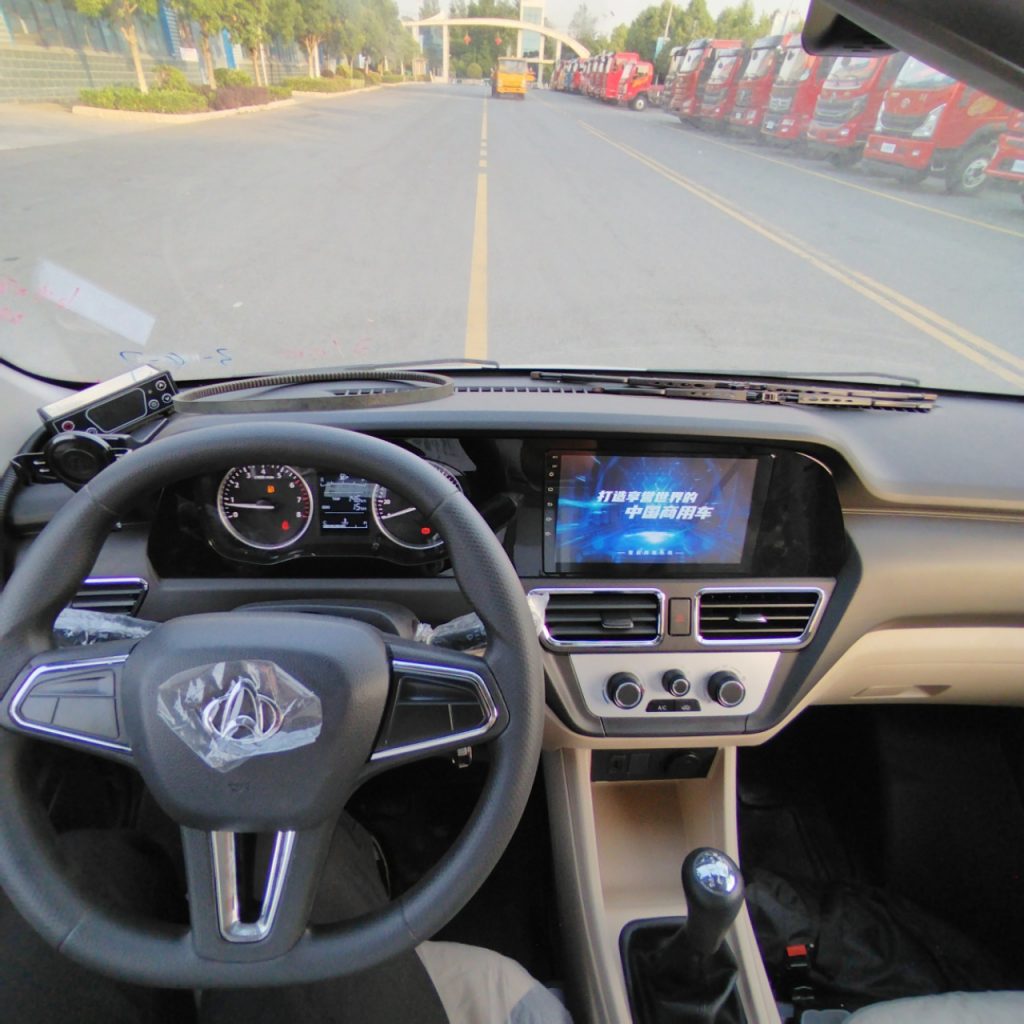Introduction
Fuel trucks play a vital role in the transportation and delivery of fuel to various locations, from gas stations to airports. The exterior design of these trucks is not only important for aesthetic purposes but also for functionality, safety, and efficiency. In this article, we will explore the art and engineering behind fuel truck exterior design, examining the various factors that influence the design process and the innovative solutions that are being implemented in the industry.
Historical Evolution of Fuel Truck Design
The design of fuel trucks has evolved significantly over the years, reflecting changes in technology, regulations, and consumer preferences. In the early days of fuel transportation, trucks were simple and utilitarian, primarily focused on functionality rather than aesthetics. However, as the industry grew and competition increased, there was a greater emphasis on branding, safety, and efficiency in fuel truck design.
One of the most significant developments in fuel truck design was the introduction of specialized compartments for different types of fuel. This innovation allowed for the simultaneous transportation of multiple fuel types, increasing efficiency and reducing the risk of contamination. Another important milestone was the integration of advanced safety features, such as spill containment systems and emergency shut-off valves, to prevent accidents and minimize environmental impact.
Design Considerations for Fuel Truck Exterior
When designing the exterior of a fuel truck, engineers and designers must take into account a wide range of factors to ensure that the vehicle is safe, efficient, and visually appealing. Some of the key considerations include:
1. Compliance with Regulations: Fuel trucks are subject to strict regulations governing their design and operation, including requirements for safety signage, reflective markings, and spill containment systems. Designers must ensure that the truck meets all regulatory standards to avoid fines and penalties.
2. Branding and Visibility: Fuel trucks serve as moving billboards for the companies they represent, so it is important to incorporate branding elements such as logos, colors, and graphics into the design. In addition, high-visibility features such as reflective strips and LED lights help to enhance the truck's visibility on the road, reducing the risk of accidents.

3. Ergonomics and Accessibility: Fuel truck drivers spend long hours behind the wheel, so it is essential to design the exterior of the truck with their comfort and safety in mind. This includes features such as ergonomic door handles, non-slip steps, and easy-access fuel ports to minimize the risk of injury and fatigue.
4. Aerodynamics and Fuel Efficiency: Improving the aerodynamics of a fuel truck can help to reduce fuel consumption and emissions, saving money and reducing environmental impact. Design elements such as streamlined body shapes, side skirts, and wind deflectors can help to minimize drag and improve overall efficiency.
Innovations in Fuel Truck Exterior Design
As technology continues to advance, new innovations are being introduced in fuel truck exterior design to enhance safety, efficiency, and performance. Some of the most notable innovations include:
1. Automated Fueling Systems: Automated fueling systems allow fuel trucks to dispense fuel more quickly and accurately, reducing wait times at gas stations and improving overall efficiency. These systems use advanced sensors and control systems to precisely measure and deliver fuel, reducing the risk of spills and errors.
2. Telematics and Remote Monitoring: Telematics technology enables fuel truck operators to monitor the vehicle's performance and location in real-time, improving fleet management and efficiency. Remote monitoring systems can alert operators to maintenance issues, fuel leaks, or other problems, allowing for timely intervention and preventative maintenance.
3. Lightweight Materials: The use of lightweight materials such as aluminum and composite plastics in fuel truck construction can help to reduce vehicle weight, improve fuel efficiency, and increase payload capacity. These materials are also more resistant to corrosion and wear, extending the truck's lifespan and reducing maintenance costs.
Conclusion
The exterior design of fuel trucks plays a crucial role in ensuring the safety, efficiency, and performance of these essential vehicles. By incorporating innovative technologies, materials, and design elements, engineers and designers can create fuel trucks that are not only visually appealing but also environmentally friendly, cost-effective, and safe to operate. As Special vehicle infrastructure maintenance continues to evolve, we can expect to see further advancements in fuel truck exterior design that will enhance the capabilities and sustainability of these vital vehicles.
